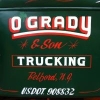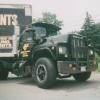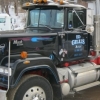my new Autocar
-
Similar Content
-
- 2 replies
- 5,854 views
-
- 6 replies
- 5,584 views
-
- 5 replies
- 6,661 views
-
- 4 replies
- 3,462 views
-
- 19 replies
- 2,293 views
-
-
Recently Browsing 0 members
- No registered users viewing this page.






Recommended Posts
Join the conversation
You can post now and register later. If you have an account, sign in now to post with your account.